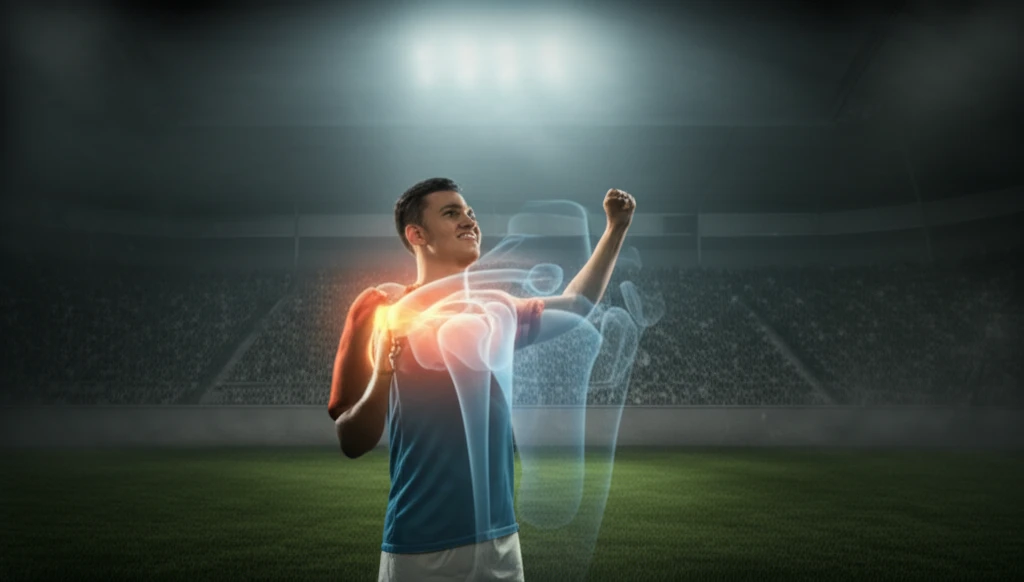
Adolescent Athletes & Shoulder Instability: Getting Back in the Game
"A New Study Reveals High Return-to-Sport Rates After Shoulder Stabilization"
For young athletes, a shoulder dislocation can be a major setback. Anterior shoulder instability, where the shoulder joint becomes prone to slipping out of place, is a common issue, especially in sports. This can impact not just their athletic performance but also their overall quality of life.
Many young athletes and their parents are keen to understand what happens after surgery to fix this instability. Will they be able to return to their previous level of play? What are the chances of re-injury? A recent systematic review dives into these questions, offering valuable insights for adolescent athletes, their families, and healthcare providers.
This article breaks down the findings of this review, focusing on return-to-sport (RTS) rates, the timetable for getting back in the game, the risk of recurrent instability, and the need for further surgery. We'll also explore the unique challenges faced by athletes in contact sports and what this research means for their recovery journey.
High Hopes: Return-to-Sport Success After Bankart Repair

The systematic review, encompassing 11 studies and 461 adolescent athletes, highlights a promising trend: a high rate of return to sport following Bankart repair. This surgical procedure addresses anterior shoulder instability by repairing the torn ligaments that keep the shoulder joint stable.
- 81.5% of athletes returned to their pre-injury level of competition after undergoing Bankart repair.
- On average, athletes were able to return to their sport approximately 5 months after surgery.
- Arthroscopic Bankart repair, a minimally invasive technique, showed an 89.2% return-to-any-level-of-play rate, with 79.8% achieving their pre-injury level.
Navigating the Risks: Recurrence and Revision Surgery
While the return-to-sport rates are encouraging, it's important to consider the potential risks associated with Bankart repair. The review revealed an overall recurrent instability rate of 18.5% in the adolescent population. This means that some athletes experienced further dislocations or subluxations after the initial surgery.
Furthermore, the mean incidence of revision surgery, where a second surgery is needed to address recurrent instability, was 12.1%. These numbers highlight the importance of careful patient selection, appropriate surgical technique, and adherence to a structured rehabilitation program to minimize the risk of complications.
For contact athletes, higher recurrent instability (31.1%) and revision rates (13%) suggest the need for tailored prevention and rehabilitation strategies. More research is needed on managing anterior shoulder instability in adolescent patients and strategies to reduce rates.
